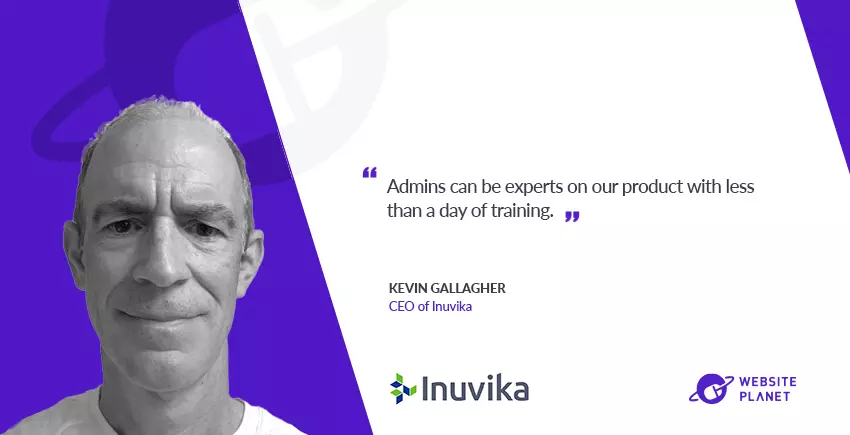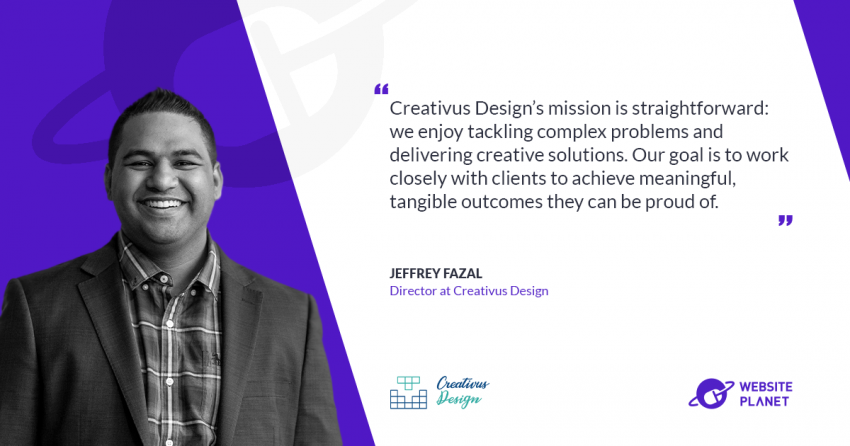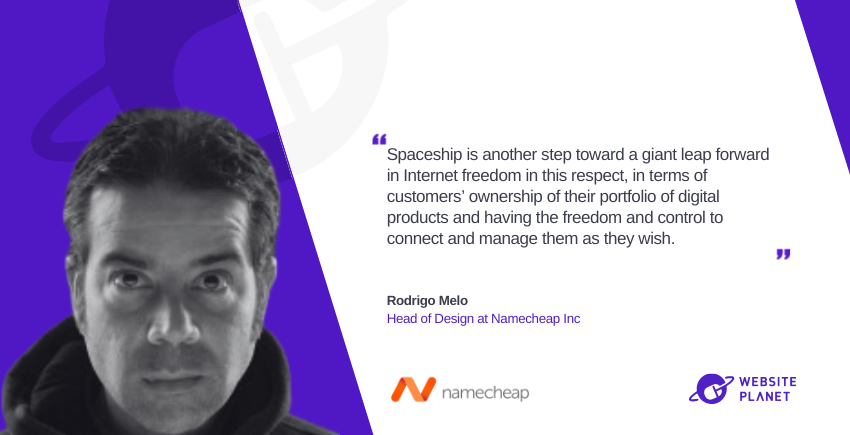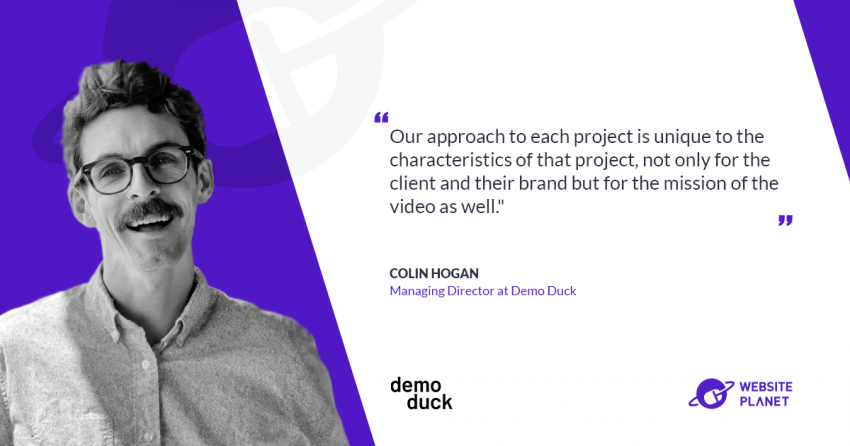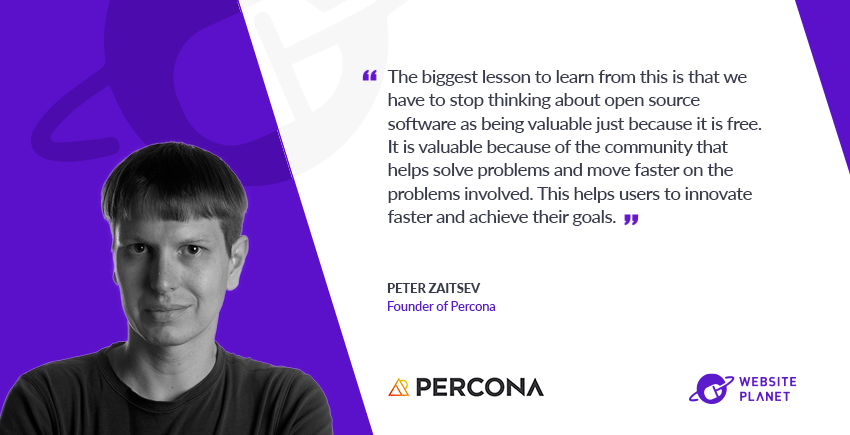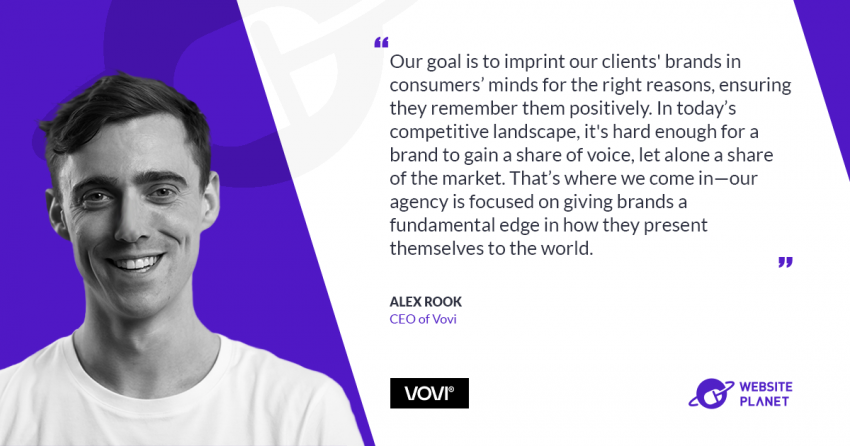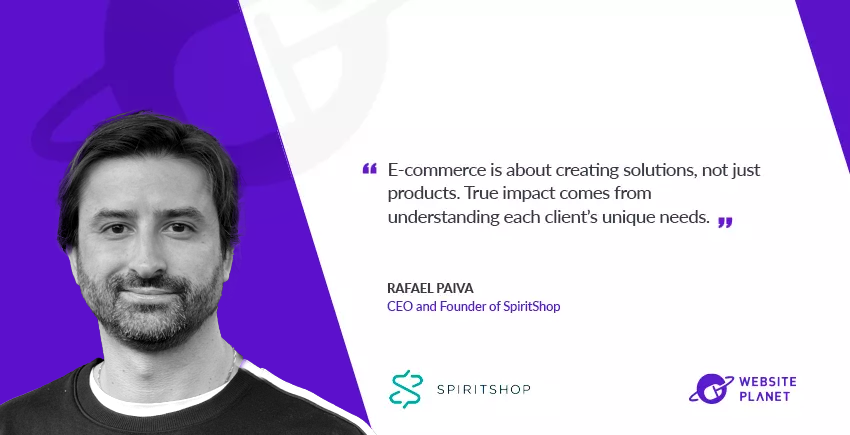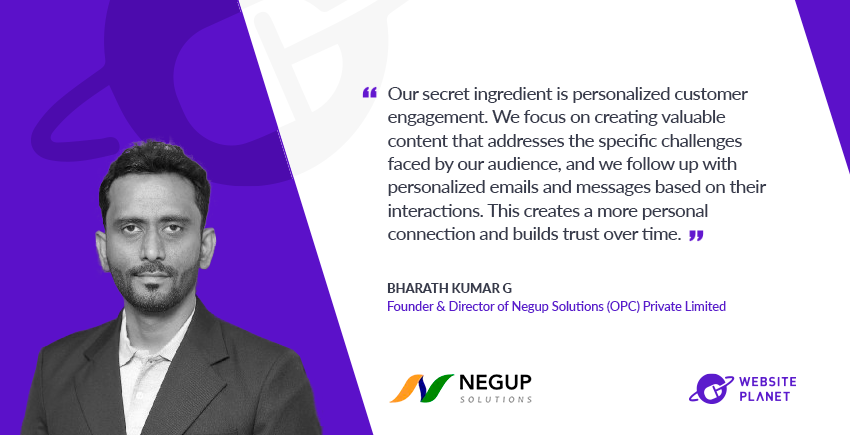Website Planet had the chance to sit down and chat with Kevin Gallagher, CEO of
Inuvika and previously, an advisor for companies in the technology industry for two decades.
Kevin explained how Inuvika managed to stand out in the market of digital workspace software, and become a much beloved alternative to Citrix and VMware Horizon Apps.
Let’s introduce Inuvika to our audience. What is it and how does it work?
Inuvika OVD Enterprise is an enterprise digital workspace software platform that is an alternative to traditional VDI. Inuvika OVD Enterprise gives users secure access to their work apps and data from anywhere. Inuvika embraces the zero-trust principle, widening usability for BYOD. Built on Linux, with our resource containerization technology, OVD Enterprise allows data centers to use less infrastructure capacity compared to virtual desktop alternatives. As a result, OVD Enterprise can help lower the carbon footprint of an organization. Inuvika OVD Enterprise can be installed on-premises, in the cloud, or in a hybrid environment.
Inuvika OVDs application mode makes apps appear as though they are running natively on the user’s device. We are the only product that can integrate with a Mac and deliver just the apps without the full desktop in this way.
We are proud of our support team who were just awarded a
“Best Support” badge by G2. Support is provided through a ticketing system and is prioritized by severity. Inuvika OVD Enterprise is sold through our worldwide partner network. Many of our partners have completed our technical certification courses. Because of the ease of admin of our product, our partners are often able to answer support requests themselves, bringing support closer to the end customer. Our Partner Central hub provides support, marketing and other resources for our partner network.
Our product is easily scaled up or down on demand. Subscriptions can be added at any time. This is great for MSPs where they may start with smaller user numbers and then see rapid growth. OVD intelligently load balances users, based on a number of customisable criteria, so it can be configured to the exact needs of the administrator. The product also can operate in a multi-tenant environment, making it easy to bring in another department or subsidiary while keeping the users and data completely separate.
This is one of our main selling features. Many companies have home-grown legacy apps that are not cloud friendly and they hold up moving the entire company to a cloud based solution. Our developers love a good challenge and can often get a legacy app working on our product with just a couple of hours of development work. There is also a full API available, which can easily integrate into existing tools that customers may use. This enhanced the functionality and scalability of the solution
How did it all start, and what are your achievements to this day?
Inuvika was formed in 2014 when a Canadian group joined up with a development team in France who had been working on the product for several years already. Both teams wanted to build a more affordable and less complex alternative to Citrix and VMware. Our product has grown from one that was used in small enterprises to one that is used in all sizes of organizations. It is now available in over 40 countries.
How does your mission differ from the other companies in your niche?
Our main competitors in this space are Citrix and VMware Horizon Apps. Both companies have done well serving Fortune 500 companies for many years. Yet,
80% of desktops worldwide are still not virtualized. We found that there were two main reasons for this: complexity and cost.
We set out to build a product that is easy to administer, so that a lower set of technical skills would be required. Admins can be experts on our product with less than a day of training.
On the cost aspect of it, it wasn’t just the price of the product that was limiting adoption, but the cost of the full environment. As a Linux-based application virtualization product, customers will not need as many Microsoft licenses (they still need MS User CALs and RDS CALs if they require Windows Apps). With the efficiencies of Linux, we reduced the infrastructure requirements (by as much as 50%) allowing for some
huge back-end savings for customers.
Combined, this allowed us to open up markets like South Africa and LATAM where sales have been difficult for Citrix and VMware.
Who are your typical clients and what problems do they have when they come to you?
Inuvika has a large concentration of customers in healthcare, education, and government. And because it is a product that can be installed in any business, we have a broad range of customers from office environments to manufacturers, retail, financials, and telecom companies.
COVID has changed the way we work permanently. Inuvika OVD was made for secure access to your apps from anywhere. So, it allowed customers to easily adapt to the new workplace reality during the pandemic and, with many workers not returning to the office, the new hybrid work model as well. As mentioned above, we also resolved cost and complexity issues for them.
The number one issue for all businesses, with a hybrid workforce, is security. They have to ensure that their data is not on devices as theft and user error give access to critical info. The old way of accessing through a VPN is much more susceptible to ransomware than a platform like ours where users are sandboxed.
In a BYOD environment, in addition to security, there is
the need to administer many devices that are constantly changing. With OVD Enterprise, we can deliver any Windows or Linux app to any device. Users can change devices with no upkeep required by admin.
Many organizations are also in the endless cycle of expensive desktop replacements every 3 or 4 years. Instead, they could be purchasing inexpensive thin clients ranging from Raspberry Pi’s to Chromebooks and using our product. Not only does it centralize management and end a lot of running around, but it is also far more secure as no data will remain on end user devices.
Companies that refuse to adapt and embrace change risk a number of issues – to name but a few:
- security of corporate data can become compromised
- legacy applications may no longer be accessible from newer operating systems
- expensive renewals for existing solutions may greatly exceed the value they bring as well as the possibility of such solutions being discontinued
For the past two decades, Citrix and VMware have been the leaders in the industry, first with full VDI products and now with app virtualization as well. Cost and complexity has limited their reach and there have been several competitors to Citrix and VMware that have appeared over the past couple of decades.
Our product is unique in being Linux based and really working hard to lower overall costs and not just the price. Building a product with simplicity in mind also opens up virtualization to markets where it was not feasible before.
Recently there have been mergers at Citrix and VMware. So beyond the cost issues, Citrix announced that they plan to concentrate on their top 1000 customers and then announced across the board price increases. This leaves a lot of other customers, who know they are not in the top 1000, wondering if they need a new home. A recent price increase at Citrix has now increased the gap to our pricing.
If there is any hesitation at all, it is that changing your underlying access point for all end users is a large undertaking. So, we had to ensure that a change caused as little disruption as possible. Our installations are done in hours, rather than days or weeks for the competitive products.
Once customers buy, they stick with us = very happy customers.
And what makes them eventually choose you over your competitors?
Even though price and TCO is a strong driver, our customer support is exceptional, and having the ability to connect with the customers on a personal level is highly appreciated by those who work with us.
Simplified management, ease of use for users and administrators, subscription-based solutions meaning all updates are included for the lifetime of the agreement. We should mention here that our subscriptions are on a concurrent user basis rather than a named user.
So there are some huge advantages to purchasing our product for companies with a 24 x 7 workforce:
- Increase productivity
- cost savings across both hardware and software
- power savings due to reduced server requirements
Administrators always have plenty of projects to work on and time is their most precious commodity. Centralizing admin in a single web-based console, freeing up admin time for individual users and reducing concern about the security and performance removes a huge burden.
OVD Enterprises have an intuitive user interface so most customers see a significant drop in support requests over virtual desktop alternatives.
In general, customers generally have high praise for Inuvika and recommend us both on the feature set and customer service.
Can you share one success story from your customers? What was their pain point, and what results did they get thanks to Inuvika OVD Enterprise?
At the Namibia University of Science and Technology, the customer removed desktops and replaced them with thin clients. They took out VMware and installed Nutanix AHV and our product for application virtualization. The net result was that they were able to reduce the number of support employees by 60% and could reassign them to other projects. They are now serving 3 times as many students for the price of 1 before making the change.
Lately, we often see smaller customers, with under 300 users, facing Citrix renewal pricing that can be almost three times the price of our product. In a time of inflation and tighter budgets, there is just no need to keep renewing when Inuvika OVD Enterprise is a top Citrix alternative or VMware Horizon Apps alternative that will get the job done with a great end user experience and a lower TCO.
If you had unlimited funds, what improvements would you make?
We would give free holidays to all of the hard working IT admin staff that keep all of our customers rolling on a daily basis. There is never enough recognition for the people who do all of the work behind the scenes to keep businesses and organizations operating every day.
